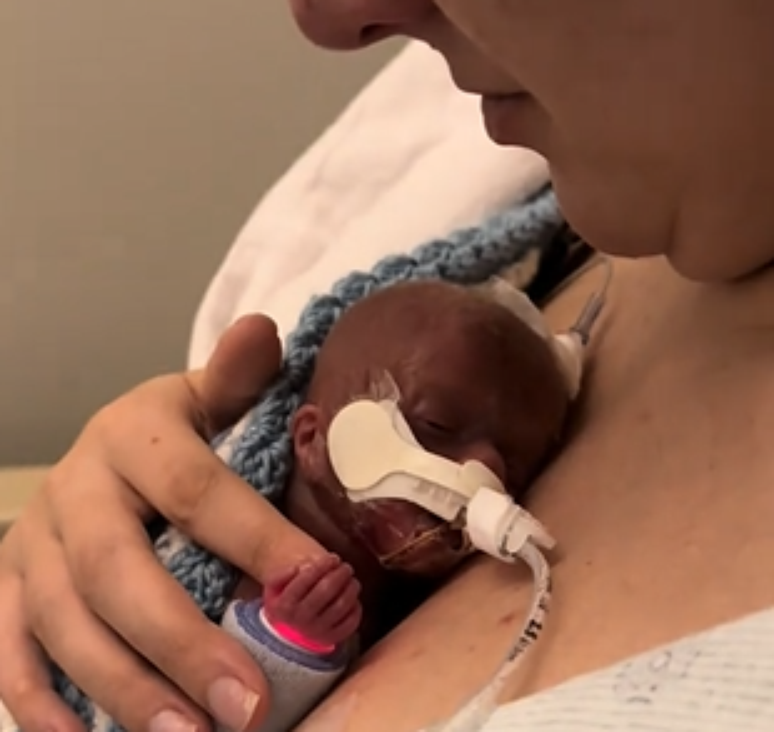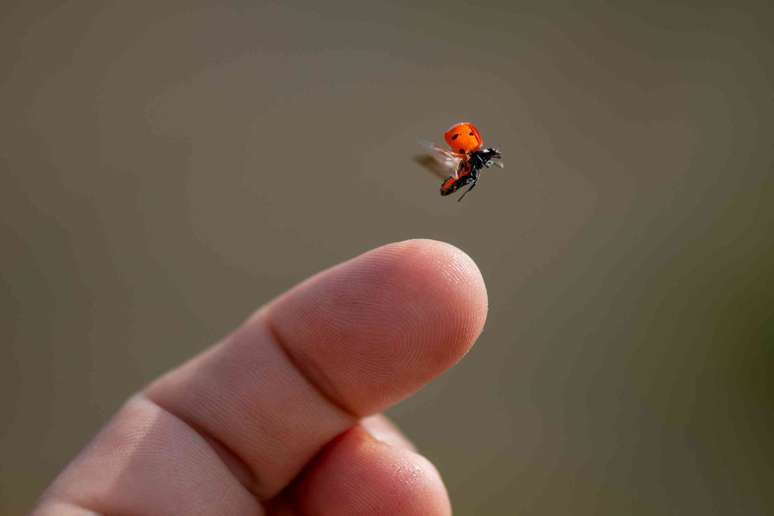The sensitivity to distinguish moles and melanomas increased from 84% without AI to 100% with it
Artificial intelligence (AI) has been in the spotlight right now, and medical science is increasingly investigating how to use this capability to improve medical diagnosis and treatment. An important step has already been taken in the field of dermatology. A study published in early May in JAMA Dermatology showed dermatologists significantly improved their diagnostic accuracy for melanocytic lesions, which are suspect for developing skin cancer, when they added a form of artificial intelligence to the decision-making process. clinical.
html[data-range=”xlarge”] figure image img.img-0c2699de95efd3382b9ef531e45b7b93ur45w0t5 { width: 774px; height: 435px; }HTML[data-range=”large”] figure image img.img-0c2699de95efd3382b9ef531e45b7b93ur45w0t5 { width: 548px; height: 308px; }HTML[data-range=”small”] figure figure img.img-0c2699de95efd3382b9ef531e45b7b93ur45w0t5, html[data-range=”medium”] figure image img.img-0c2699de95efd3382b9ef531e45b7b93ur45w0t5 { width: 564px; height: 317px; }
AI helps dermatologists improve diagnosis of suspicious lesions
“Sensitivity for distinguishing nevi (nevi) and melanoma increased from 84% without AI to 100% with it, and specificity improved from 72.1% to 83.7%”emphasizes the dermatologist doctor Renato Soriano, member of the Brazilian Society of Dermatology. Melanoma is the type of skin cancer with the worst prognosis and the highest mortality rate.
The WHO (World Health Organization) estimates that 55,000 people die of melanoma each year, which represents six deaths per hour. According to the Ministry of Health, it represents 30% of all malignant tumors registered in Brazil.
“Relying on the help of technology, especially in the case of non-specialist care, can identify this type of cancer earlier, which greatly increases the patient’s chances of recovery”emphasizes the dermatologist.
For most lesions, dermatologists have found support in a convolutional neural network, a class of artificial neural networks most commonly applied to analyze visual images, according to the study. While patients were open-minded about artificial neural network support, they rejected the idea of replacing clinical judgment with neural networks.
“Interestingly, in this study, all of the previously mentioned key outcome measures improved significantly after dermatologists gained access to the artificial neural network findings, which indicates that a broader application of this human-machine approach could be beneficial for both doctors and patients.”adds Dr. Renato.
The clinical-and-machine approach has potentially broad application in Dermatology. There are many other cases where “artificial intelligence diagnostics” can be applied in Dermatology, such as differentiating harmless skin rashes from TEN (toxic epidermal necrolysis) or identifying onychomycosis from toenail images.
“In the study, the successful diagnosis of melanocytic lesions provided the impetus for further investigations, covering the full spectrum of the most relevant benign/malignant, melanocytic/non-melanocytic, and pigmented/non-pigmented skin lesions”says the doctor.
At work, the dermatologists found 228 suspicious lesions (190 nevi and 38 melanomas) in 188 patients. The diagnostic sensitivity and specificity of doctors are significantly improved with the help of artificial neural network. Average accuracy increased from 74.1% to 86.4%. By itself, the artificial neural network achieved a diagnostic sensitivity similar to that of dermatologists, greater specificity and greater diagnostic accuracy. In addition, the number of unnecessary nevi excisions (surgical removal of lesions) decreased significantly by 19.2%.
The study also evaluated less and less experienced dermatologists. Those who had been in the job for less than two years, i.e. had a shorter history of using dermoscopy (dermatological examination using an image viewing tool) benefited the most from AI, with improved accuracy diagnostics which jumped from 70.5% to 87.2%. But diagnostic accuracy also improved significantly for those with 2-5 years of experience, rising from 77.1% to 91.7%.
More experienced dermatologists had a small and non-significant improvement in AI-assisted accuracy (from 74.1% to 75.9%). “Dermatology is a specialty that has evolved a lot with the help of technology, especially with regards to diagnostic methods. In any case, improving this type of resource could mean more lives saved”concludes Dr. Renato.
Source: Terra
Ben Stock is a lifestyle journalist and author at Gossipify. He writes about topics such as health, wellness, travel, food and home decor. He provides practical advice and inspiration to improve well-being, keeps readers up to date with latest lifestyle news and trends, known for his engaging writing style, in-depth analysis and unique perspectives.









